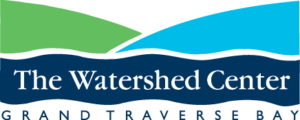waterfront
resource guide
for property owners in the Elk River Chain of Lakes watershed.
Our Water.
Our Responsibility.
This resource guide provides relevant, easily accessible information to waterfront property owners. Together, we can protect the water we love.
Protect our waters.
Community conversations helped identify the top issues all waterfront property owners should be aware of so you are informed of the issues and know what actions you can take to do your part to keep our lakes and streams clean and healthy for everyone. From the lake or river on which you live, to the connection to the larger watershed, you can take action to protect our waters.

Waterfront Best Practices
Septic Systems

Riparian Buffers
Riparian buffers are an area of permanent vegetation immediately next to a waterbody. Buffers prevent shoreline erosion, support wildlife habitat and food sources, and slow and infiltrate stormwater. Riparian buffers should be planted with native plants, grasses, shrubs, and trees as they are well-suited to the area’s soil type and climate. Some communities require maintaining a riparian buffer along a waterbody; check your local township or municipality’s zoning ordinance to ensure compliance.
Stormwater Runoff
Stormwater runoff results when rain falls or snow melts and the water flows over the surface of the land. The flow of this stormwater often dislodges and carriers pollutants such as oil, grease, gas, toxins, and bacteria, as well as sediment particles and the pollutants that are attached. Impervious surfaces are areas that cannot effectively absorb or infiltrate rainfall or snowmelt, leading to increased stormwater runoff and associated pollutants.
Shoreline Erosion
Shorelines along inland lakes and the Great Lakes are vulnerable to erosion due to variable water levels, lack of stabilizing vegetation, and structures being built close to the water. Shoreline erosion can lead to degradation of water quality and damage to personal property. Shoreline hardening should be carefully considered as it interrupts natural processes, reduced habitat quality, is expensive, and can lead to further erosion. Depending on site conditions, nature-based solutions can often be used to reduce erosion while retaining the ecological functionality of the shoreline.

Boating Practices
Invasive species threaten the health of aquatic ecosystems. Their rapid spread is due to human activity so Michigan has laws to prevent the introduction and spread of invasive species. Boaters are required to remove all aquatic plants from watercraft, equipment, and trailers before placing them into the water. You are also prohibited from releasing baitfish in any waters and can only release fish other than baitfish in the waterway where it was caught. While boating, ensure you are following laws and best practices to ensure safety and reduce shoreline erosion caused by wake.

Permits & Zoning Requirements
Many villages and townships have zoning ordinances that have specific requirements for how homeowners use and modify their property. Before taking an action that alters use or features of your property, homeowners should determine if they are allowed or if a permit is required. Zoning Administrators are the most knowledgeable regarding ordinance provisions. Please visit your local municipal offices and attend meetings of interest.
- Elk River Chain of Lakes Watershed Property Owner’s Permit Guide
- Acme Township
- Antrim County
- Banks Township
- Central Lake Township
- Chestonia Township
- Clearwater Township
- Cold Springs Township
- Custer Township
- Echo Township
- Elk Rapids Township
- Elmira Township
- Forest Home Township
- Helena Township
- Jordan Township
- Kalkaska Township
- Kearney Township
- Mancelona Township
- Marian Township
- Milton Township
- Norwood Township
- South Arm Township
- Star Township
- Rapid River Township
- Torch Lake Township
- Village of Bellaire
- Village of Central Lake
- Village of Elk Rapids
- Village of Ellsworth
- Village of Kalkaska
- Village of Mancelona
- Warner Township
- Whitewater Township



 Donate
Donate